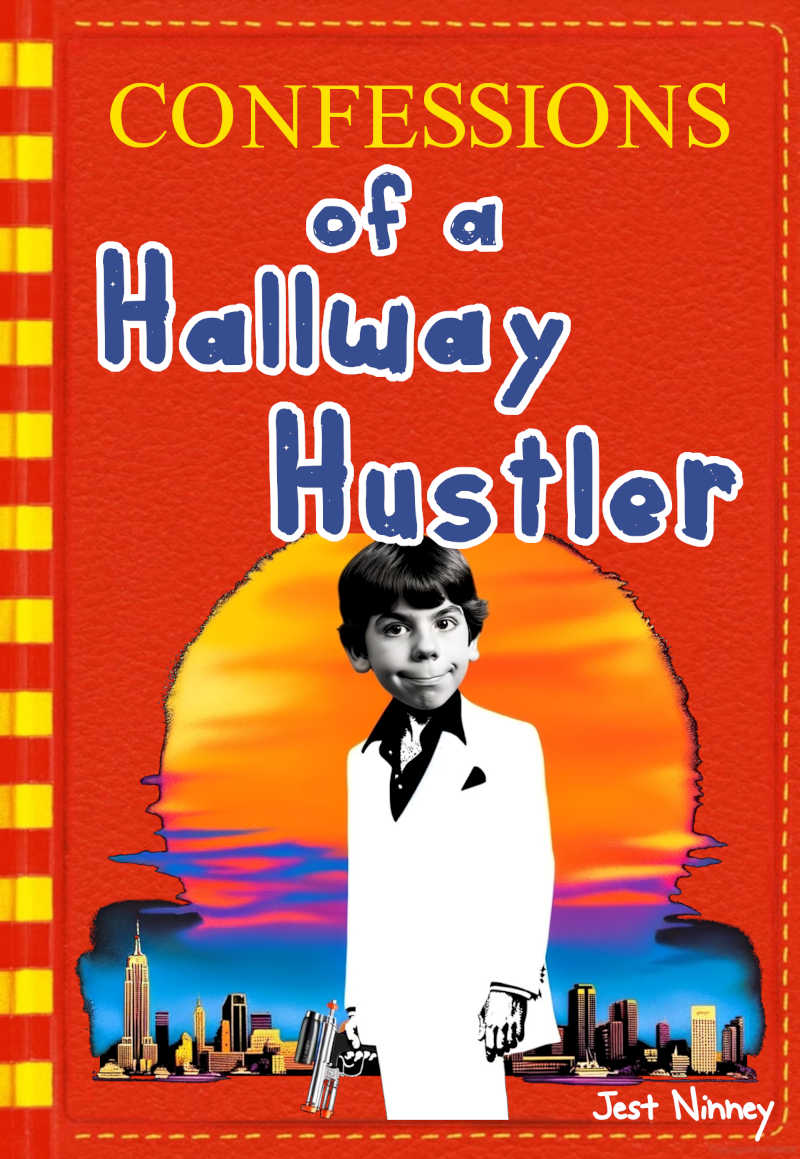Parody is a form of humor or criticism where a work imitates the style of another work to make fun of it or comment on it.
Here are 10 examples of parody in movies:
1. “Spaceballs” (1987)
- How it Works: “Spaceballs” parodies the science fiction genre, specifically “Star Wars.”
- Target: It targets the plot, characters, and iconic scenes from “Star Wars.”
- Implied Criticism: The film satirizes the commercialization of movie merchandising and the clichés of sci-fi movies.
2. “Young Frankenstein” (1974)
- How it Works: This movie parodies classic horror films, particularly the adaptations of Mary Shelley’s “Frankenstein.”
- Target: It mimics the style, setting, and character archetypes of old horror films.
- Implied Criticism: It comments on the over-dramatization and sometimes simplistic storytelling of classic horror.
3. “Robin Hood: Men in Tights” (1993)
- How it Works: A parody of the Robin Hood legend and its various cinematic treatments.
- Target: Specifically targets “Robin Hood: Prince of Thieves” (1991) among others.
- Implied Criticism: Mocks the historical inaccuracies and romanticized portrayal of Robin Hood in cinema.
4. “Austin Powers: International Man of Mystery” (1997)
- How it Works: Parodies 1960s spy films, notably the James Bond series.
- Target: It targets the tropes of spy movies, like gadgets, villains, and the portrayal of spies.
- Implied Criticism: Highlights the absurdity and sexism often found in spy movies.
5. “The Naked Gun” Series (1988-1994)
- How it Works: These films parody police procedurals and detective films.
- Target: They mimic the overly serious tone and plot complexities of crime dramas.
- Implied Criticism: The series critiques the sometimes illogical and overly dramatic elements of police dramas.
6. “Shaun of the Dead” (2004)
- How it Works: A parody of zombie movies, particularly those of George A. Romero.
- Target: It targets the conventions of zombie horror films, such as survival tactics and character types.
- Implied Criticism: Satirizes the predictability and sometimes lack of depth in zombie horror.
7. “Galaxy Quest” (1999)
- How it Works: Parodies sci-fi television shows and their fan cultures, specifically “Star Trek.”
- Target: Targets the clichés of sci-fi TV shows and their actors.
- Implied Criticism: Mocks the often formulaic nature of sci-fi shows and the intense fandom surrounding them.
8. “Hot Fuzz” (2007)
- How it Works: Parodies action movies, especially those with buddy-cop dynamics.
- Target: It targets the clichés and tropes of action movies, such as over-the-top violence and one-liners.
- Implied Criticism: Highlights the absurdity of action movie conventions and unrealistic portrayals of law enforcement.
9. “Walk Hard: The Dewey Cox Story” (2007)
- How it Works: Parodies the biopic genre, especially musical biographies.
- Target: Targets films like “Ray” and “Walk the Line,” mimicking their narrative structure and character arcs.
- Implied Criticism: Critiques the formulaic and often melodramatic nature of musical biopics.
10. “Tropic Thunder” (2008)
- How it Works: Parodies war movies and Hollywood itself.
- Target: It targets the style and tropes of big-budget war films and the behavior of actors and filmmakers.
- Implied Criticism: Satirizes the glorification of war in cinema and the ego-driven culture of Hollywood.
These examples show how parody can be used not just for humor, but also as a tool for critique, highlighting the absurdities, clichés, and flaws in various genres and industries.

